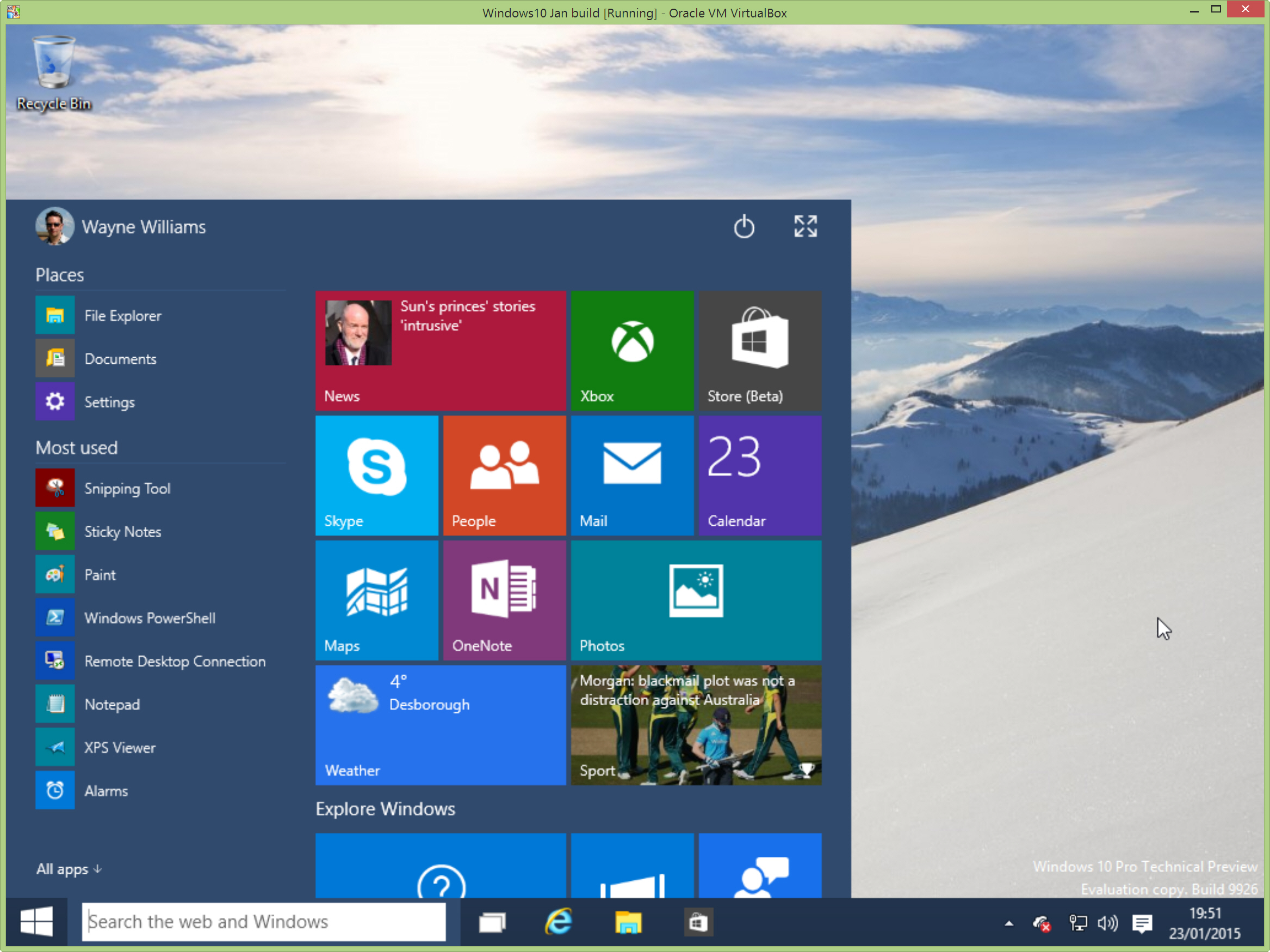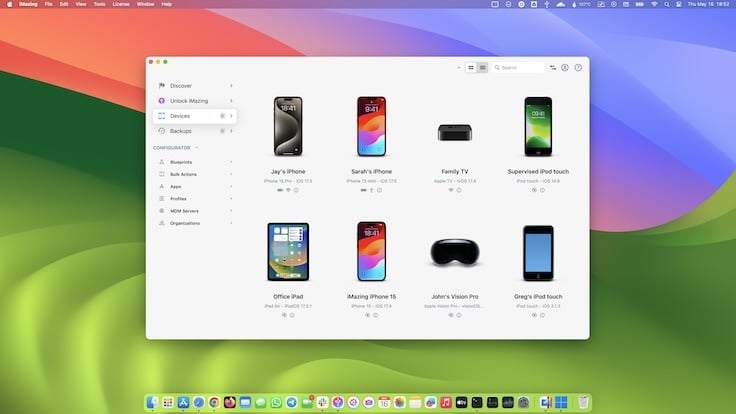고정 헤더 영역
상세 컨텐츠
본문
PT-MZ770/MZ670/MZ570/MW730/MW630/MW530 PT-VZ585N/VW545N/VX615N PT-VZ575N/VW535N/VX605N PT-VW355N/VX425N PT-VW435N/VX505N (Discontinued models) PT-VW345NZ/VX415NZ (Discontinued models) PT-JX200/JW130 Note: Application is possible to the following models, but restrictions vary depending on the model. For details, see the List of compatible projector models. PT-DZ570. / DW530.
Download Cheat Engine 6.4 For Mac
/ DX500. / FW430. / FX400.

/ FW300NT / FW300. / F300NT / F300./ VX400NT / LB90NT / LW80NT / LB80NT / LB75NT. To operate wireless projection, the optional Wireless Module ET-WM200 is required.
The PT-FW300 and PT-F300 support a wired LAN system only. OS Apple Mac OS X v10.10 / v10.11, macOS Sierra/High Sierra/Mojave. The Japanese, English and Chinese versions of the above operating systems are supported. Operation is guaranteed only with preinstalled or clean-installed operating systems. CPU Intel Core 2 Duo or higher processor or compatible processor installed.

Wireless Manager Me 6.4 For Mac Pro
Intel Core i5 or higher recommended for projection. RAM 1,024 MB or more Hard disk At least 100 MB free space (Extra free space is required to save the projector information.) LAN environment For connection by wired LAN: LAN terminal (10BASE-T/100BASE-TX/1000BASE-T) is necessary. For connection by wireless LAN: Wireless LAN adapter (IEEE 802.11b/g/n/a standard compliance) is necessary. Monitor screen High Color (16 bits) or up Desktop area 1,024 dots x 768 dots or more, 2,880 dots x 1,800 dots or less Web browser Safari 8.0/9.0/10.0/11.0/12.0 (For the WEB Control function, Browser Remote Control function, moderator mode, and Content Manager function.). NOTE:.
If you are logged in to a “normal” user account, sound may not be output from the computer. If sound is not output from the internal speakers, quit this software, and then make sure that “Internal Speakers” is selected in “Output” of “Sound” in “System Preferences”. If it is not selected, manually switch to “Internal Speakers”. On a computer that has an automatic graphics switching function, projection may fail if “System Configuration” →“Energy Saving” → “Automatic Graphics Switching” is enabled. If projection fails, disable this function. When connecting under the IEEE802.11n standard, the wireless LAN adapter, projector and access point used must all support the 11n standard. When using the projector at the S-DIRECT or M-DIRECT setting, use a wireless LAN adapter that supports “WPA2/AES”.
When using Mac OS X v10.10/10.11/10.12, the 'App Nap' function may cause the projected video to stop midway through. In such cases disable the 'App nap' function. Operation is not guaranteed for all computers that meet the above conditions.

You can use the Wi-Fi menu to quickly connect to a nearby wireless network. Click the Wi-Fi icon ( or ) in the menu bar.
If Wi-Fi is off, choose 'Turn Wi-Fi on.' .
Select a nearby Wi-Fi network from the list. If you don't see your network listed, make sure it's nearby and that others can connect to it. It could also be a. You can connect to a hidden network by choosing 'Join other network' and entering the name of the network you're trying to use.
The strength of each nearby network is shown next to its name. More darkened bars indicate a stronger network connection. Enter your password Networks that have a lock icon next to their name require a password. After you select your network, enter the network password when you're prompted. If you don't know the network password, check with the owner of the Wi-Fi network you're trying to join. Use a cellular device as your Wi-Fi connection Depending on your cellular plan, your iPhone or iPad with cellular can share its Internet connection with your Mac. When your iOS device is and is near your Mac, it appears in the Wi-Fi menu as an available connection.
When you select a cellular device as your Internet connection, the menu icon changes to indicate your Mac is currently linked to the device ( ).




